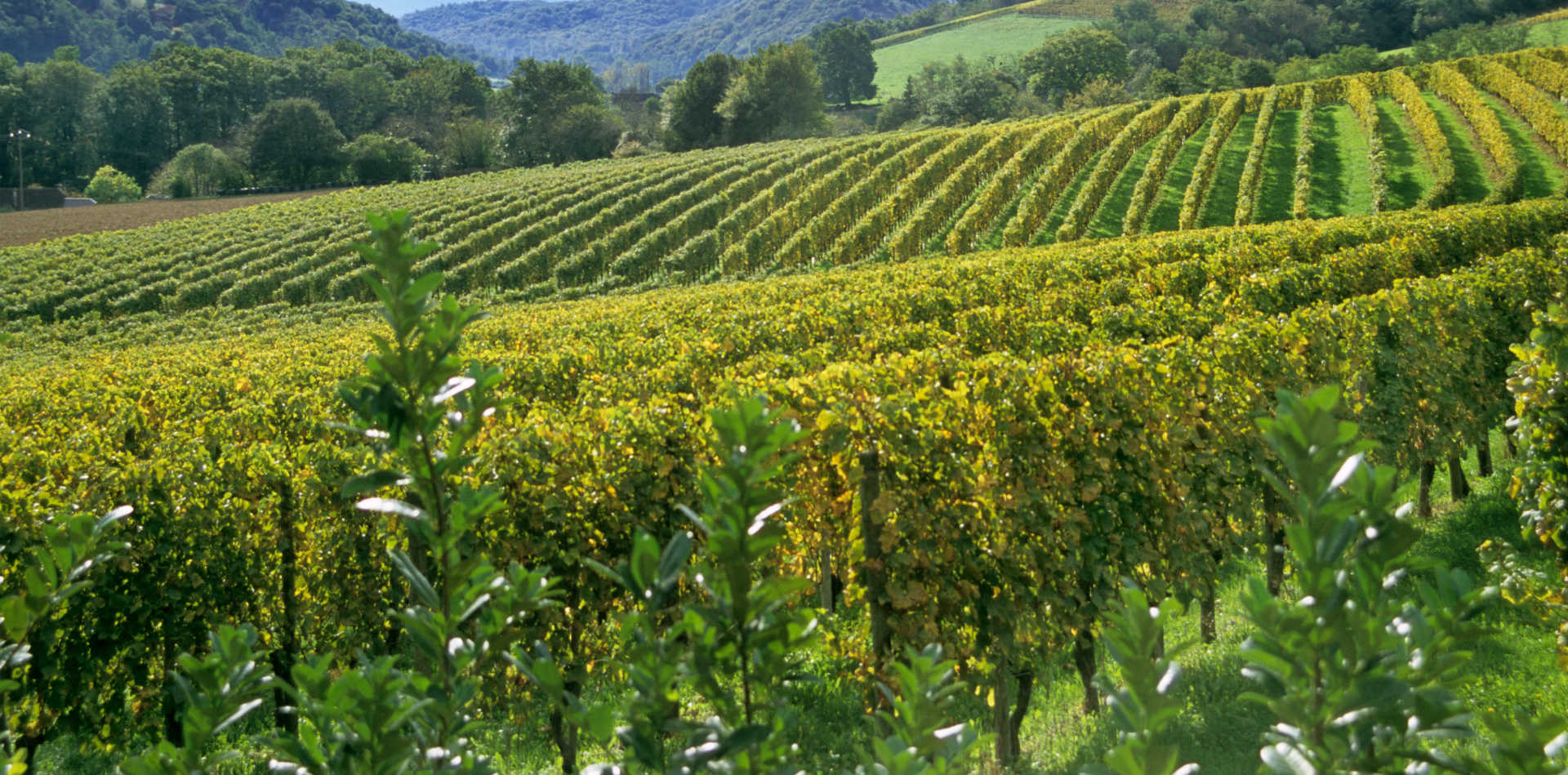Domaine La Tour Vieille Banyuls Reserva
-
James
Suckling -
Robert
Parker



Product Details
Your Rating
Somm Note
Winemaker Notes
The grapes for this delectable, spicy,and chocolately vin doux are sourced from the steep terraces of the Mediterranean coast. Chill it down and serve a bottle for dessert.
Professional Ratings
-
James Suckling
An expressive nose of ripe blackberries and baked cherries, with black olives, dried thyme, bark and some dried spices. Intense with a sweet attack and controlled power on the mid-palate. Structured and generous with a fruity and nutty finish.
-
Robert Parker's Wine Advocate
A superb Banyuls that’s made from 90% Grenache and 10% Carignan, the ruby colored NV Banyuls Reserva (which has a portion of the blend vinified outside the cellar; i.e. left out in the sun) offers lots of dried figs and plum fruit, almond, bitter orange, chocolate and sweet spice go to go with a medium to full-bodied, rounded, supple and layered feel on the palate.

In 1982, Vincent Cantie and Christine Campadien took over two small, family-owned wineries in the villages where they grew up, Collioure and Banyuls. After much expansion and renovation, today they vinify all their wines in Collioure. The vineyards are planted onto deep schist soil, which collects heat during the day and gives warmth back to the vines at night. Such conditions produce wines with generous, concentrated fruit which gain complexity with age.

Apart from the classics, we find many regional gems of different styles.
Late harvest wines are probably the easiest to understand. Grapes are picked so late that the sugars build up and residual sugar remains after the fermentation process. Ice wine, a style founded in Germany and there referred to as eiswein, is an extreme late harvest wine, produced from grapes frozen on the vine, and pressed while still frozen, resulting in a higher concentration of sugar. It is becoming a specialty of Canada as well, where it takes on the English name of ice wine.
Vin Santo, literally “holy wine,” is a Tuscan sweet wine made from drying the local white grapes Trebbiano Toscano and Malvasia in the winery and not pressing until somewhere between November and March.
Rutherglen is an historic wine region in northeast Victoria, Australia, famous for its fortified Topaque and Muscat with complex tawny characteristics.

Unique among the vins doux naturels of Roussillon, all Banyuls wines are made predominantly of Grenache's many variants. Grenache Noir, the most respected, makes up the majority of Banyuls wines. By law it is a minimum of 50% of the blend, and 75% of the blend for Grands Crus wines. The pink-skinned Grenache Gris is next in importance, followed by Grenache Blanc and other local varieties. While the Muscat grapes are permitted, they can be present only in very small proportions.
The region itself, located in the far southern corner of Roussillon on the border of Spain, includes about 1,000 hectares of fully-exposed, sun-drenched, Mediterranean-facing terraced vineyards. These punishing conditions result in shriveled berries and concentrated juice, whose fermentation process must be arrested with fortification (locally called mutage) when the must reaches 15% alcohol. A finished Banyuls is typically about 16% with some residual sugar; without mutage, it would end up a dry wine with closer to 19% alcohol.
Some producers deliberately expose their wine to the harsh Mediterranean sunlight, set outside in glass demijohns, for an effect called rancio, similar to the effect of maderizing, or giving an overripe (but appealing) character. The bouquet on Banyuls wines typically includes aromas of baked or dried fruit and sweet spices. Red versions have the tell-tale Grenache aroma of sweet, spiced strawberries. Banyuls wines must be aged for 12 months in wood, or 30 months in the case of Grands Crus Banyuls.